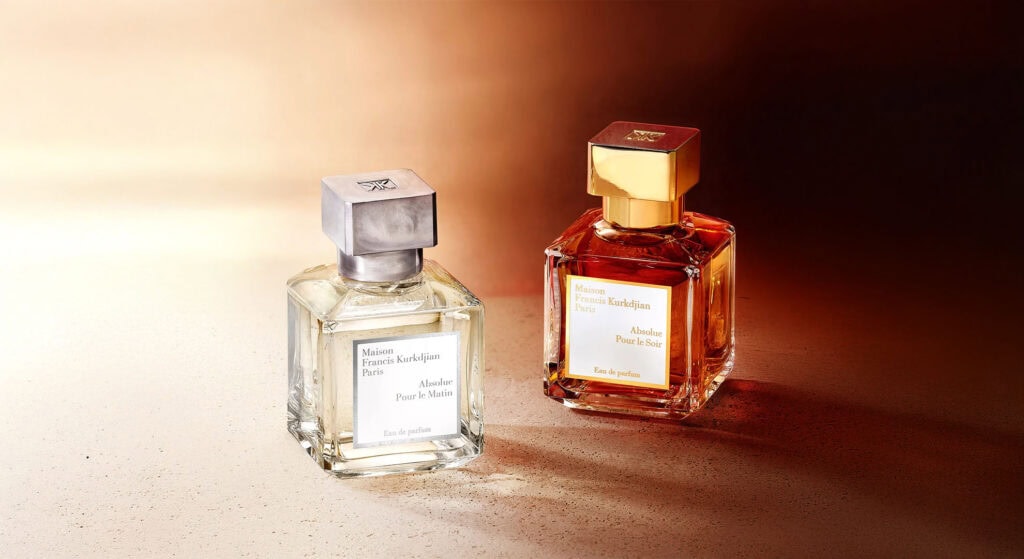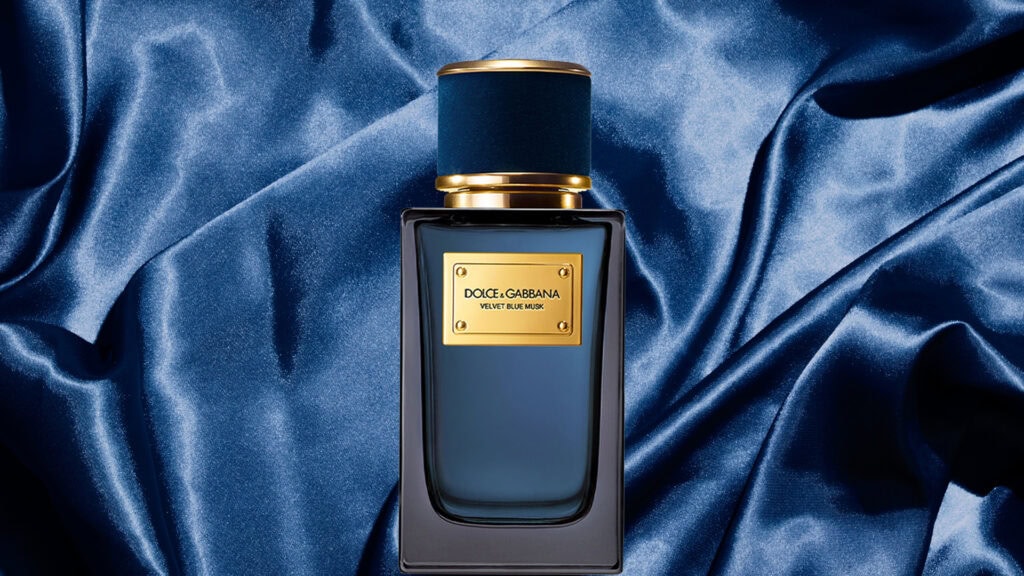The Intriguing Allure of Cumin in Perfumery: From Extraction to Blending and Iconic Scents
Cumin, with its warm, spicy, and slightly earthy aroma, stands out as an intriguing and bold ingredient in the world of perfumery. Often associated with the rich, complex flavors of culinary dishes, cumin brings an unexpected twist to fragrances, adding depth, warmth, and a hint of exoticism. This article explores how cumin is used in perfumes, from its extraction to its skillful blending with other fragrance notes, and highlights some of the most iconic scents where cumin plays a central role.
The Extraction of Cumin Essence for Perfumery
Cumin, derived from the seeds of the Cuminum cyminum plant, has been used for centuries in various cultural rituals and culinary practices. Its application in perfumery is relatively recent, and capturing its distinctive scent requires a careful extraction process.
- Steam Distillation: The most common method for extracting cumin’s essential oil is steam distillation. Cumin seeds are subjected to steam, which releases their volatile aromatic compounds. The steam is then condensed, separating the essential oil from the water. The result is a concentrated cumin oil that retains its characteristic warm, spicy, and slightly musky aroma, making it a powerful ingredient in the base or heart notes of perfumes.
- CO2 Extraction: For a purer, more intense cumin scent, CO2 extraction is sometimes employed. This modern technique uses supercritical carbon dioxide to extract the aromatic compounds from cumin seeds, resulting in a highly concentrated oil that captures the full complexity of cumin’s spicy, earthy aroma. This method is favored when perfumers seek a more refined and less sharp cumin note.
- Blending with Natural Ingredients: In some cases, cumin oil is blended with other natural essences to create a softer or more complex cumin accord. For example, blending cumin with citrus or floral oils can tame its intensity and add a surprising layer of depth to a fragrance.
The Art of Blending Cumin in Perfumery
Cumin’s bold, spicy character can be challenging to work with, but when skillfully blended, it adds an intriguing warmth and exotic touch to a wide variety of perfumes. The key to using cumin effectively in perfumery lies in balancing its strong aroma with complementary notes.
- Oriental and Spicy Compositions: Cumin’s spicy warmth makes it a natural fit in oriental perfumes, where it enhances the richness of other spices like cinnamon, cardamom, and clove. When combined with amber, incense, or patchouli, cumin adds a layer of complexity and depth, creating a scent that is both mysterious and captivating. Serge Lutens’ Arabie is a perfect example, where cumin is blended with dried fruits, spices, and resins to evoke the exotic bazaars of the Middle East.
- Woody and Earthy Blends: In woody and earthy fragrances, cumin can introduce a spicy, slightly smoky quality that complements the dryness of woods like cedar or vetiver. This combination results in a fragrance that is warm, grounding, and deeply comforting. Tom Ford’s Noir is a well-known scent where cumin plays a key role, adding a spicy depth to the blend of woods, amber, and musk.
- Gourmand Scents: Though less common, cumin can add a surprising twist to gourmand perfumes. When paired with notes like vanilla, honey, or chocolate, cumin introduces a warm, spicy counterpoint that balances the sweetness of these edible notes, creating a fragrance that is both indulgent and complex. Jo Malone’s Mimosa & Cardamom uses cumin to add a subtle, spicy warmth to its floral and sweet profile, making the scent both inviting and sophisticated.
- Floral and Aromatic Compositions: Cumin’s earthy, spicy aroma can also add an interesting contrast to floral and aromatic fragrances. When blended with notes like rose, lavender, or geranium, cumin adds depth and an exotic edge that transforms a traditional floral scent into something more modern and intriguing. Comme des Garçons’ Series 3: Incense Zagorsk incorporates cumin into a blend of pine, birch, and incense, creating a fragrance that is both fresh and spicy, with a subtle floral undertone.
Iconic Perfumes Featuring Cumin
Cumin’s bold and distinctive aroma has been featured in several iconic perfumes, showcasing its ability to add warmth, depth, and an exotic touch to a variety of fragrance compositions.
- Serge Lutens Arabie: This fragrance is a rich and exotic blend of spices, dried fruits, and resins, with cumin playing a central role. The cumin adds a warm, spicy depth that evokes the vibrant, aromatic markets of the Middle East, making it a standout in the world of oriental perfumes.
- Tom Ford Noir: Known for its luxurious and complex scent, Tom Ford Noir uses cumin to add a spicy, earthy quality to its blend of woody, amber, and musky notes. The result is a sophisticated and seductive fragrance that is both warm and intriguing.
- Jo Malone Mimosa & Cardamom: In this fragrance, cumin adds a subtle, spicy warmth to the soft floral and sweet notes of mimosa and cardamom. The cumin note enhances the complexity of the scent, making it both inviting and elegant.
- Comme des Garçons Series 3: Incense Zagorsk: This fragrance features cumin as part of a unique blend of pine, birch, and incense, creating a scent that is both fresh and spicy. The cumin adds a subtle warmth and complexity, making the fragrance stand out for its modern and unconventional approach.
Cumin’s role in perfumery is as bold and distinctive as its scent, adding warmth, depth, and a touch of exoticism to fragrances that span from the spicy and oriental to the woody and aromatic. Whether used to evoke the richness of a far-off market or to add an unexpected twist to a modern composition, cumin proves that its place in the world of perfumery is as enduring and complex as the spice itself.
Love this fragrance? Share your thoughts! Your vote helps other perfume lovers discover new favorites. Rate it now and make your mark!
Click on a star to rate it!
Average rating 0 / 5. Vote count: 0
No votes so far! Be the first to rate this post.


